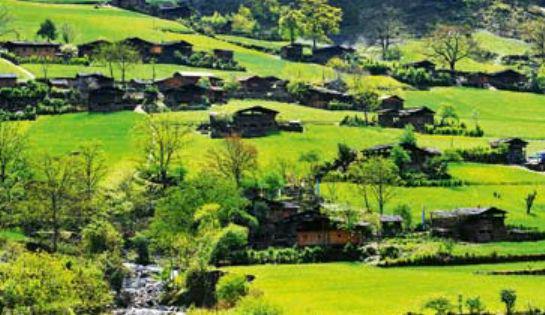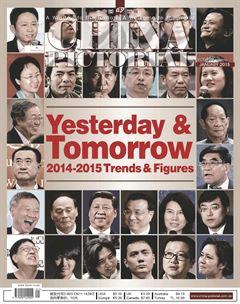Spring into Nujiang
The only place on earth to find a dense population of the Lisu ethnic group is Nujiang Lisu Autonomous Prefecture in northwestern Yunnan Province. Comprising 29 townships, the prefecture covers nearly 15,000 square kilometers and is home to 22 ethnic groups. Of the total population of 540,000, 93 percent hail from ethnic minority groups. Located in the heartland of the area nourished by the parallel Nujiang, Lancang and Jinsha rivers, the prefecture is gifted with abundant tourism resources and attracts plenty of international tourists year round.
Among its rich natural tourism resources, Nujiang Grand Canyon is the most renowned, which is often called Chinas Grand Canyon. Mountains at an average altitude of more than 3,000 meters line both the east and west sides of the Nujiang River. The strong Nujiang River drops into a waterfall where it has carved one of the worlds most breathtaking gorges. As the river flows 310 kilometers across the prefecture, the canyon often reaches as deep as 2,000 to 3,000 meters. The upper section of the canyon attracts more adventurous visitors with its majestic mountains, vast and open land, and sparse population.
The First Bend of Nujiang River in the prefectures Gongshan County is another must-visit. When the Nujiang River flows through Ridan Village of Gongshan, it is blocked by huge rocks and cliffs, so the river diverts from north-south to east-west. After 300 meters, it is blocked again by mountains, and heads back east, forming the bend.
The prefecture is also famous for its unique cultural tourism resources. Various religions, such as Catholicism, Tibetan Buddhism, and local religions co-exist. Due to the drastic contrast in terms of daily life and customs, religious beliefs, and rituals between various ethnic groups, many singular local festivals, colorful ethnic cultures and folk customs have developed. Before visiting Nujiang, tourists should check for local festivals and celebrations. Participating in such activities is definitely one of the best ways to taste local culture.
Nujiang is great to visit all the way from October to April. In the summer, it is hot and humid, making dirt roads next to mountains very dangerous and hard to navigate. Furthermore, since many ethnic festivals are held in early spring, the period around Spring Festival (usually January and February) offers the heaviest cultural activity.

